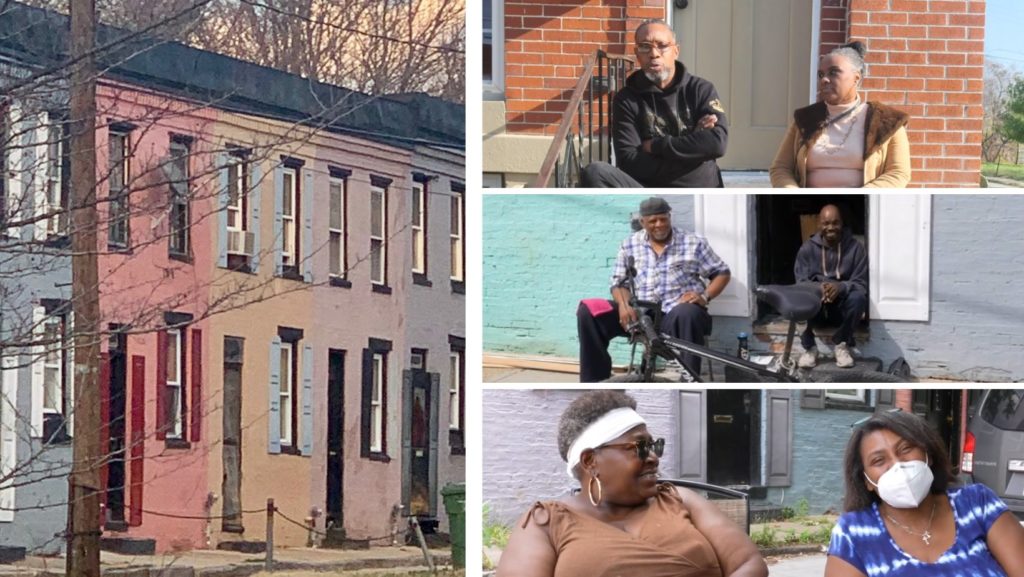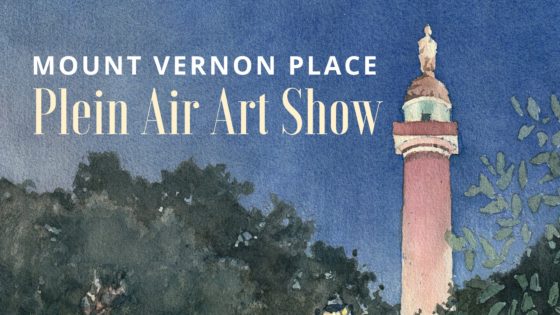This afternoon the city’s historic preservation commission (CHAP) advanced the nomination for Sarah Ann Street in the Poppleton neighborhood of West Baltimore to become a local historic district. The district would include the alley houses in the 1100 block of Sarah Ann Street that have been owned by Black Baltimore families since they were built in the 1870s, as well as two houses on North Carrollton Street that also have rich histories. The next step for the nomination is for the preservation commission to conduct further research and solicit additional input from the public before holding a second and final hearing this fall.
We at Baltimore Heritage first got involved in the effort to save these historic houses from being demolished back in 2004. We joined neighborhood residents, including homeowner Sonia Eaddy and her family who still live there and are still active advocating for their homes, along with retired judge Tom Ward who worked for decades preserving historic places in West Baltimore. The city’s recent willingness to create a new historic district and preserve the houses comes after years of uncertainty. It also comes after new allies joined the fight, including Dr. Nicole King and her students from the University of Maryland Baltimore County.
If you would like to have your voice heard on this issue, you can email comments to the preservation commission’s executive director, Eric Holcomb: eric.holcomb@baltimorecity.gov. And check back here for additional information as the Sarah Ann Street historic district proposal advances.







